How SMEs Can Stop Hackers Cold with CIS Controls (Explained Simply)
Share
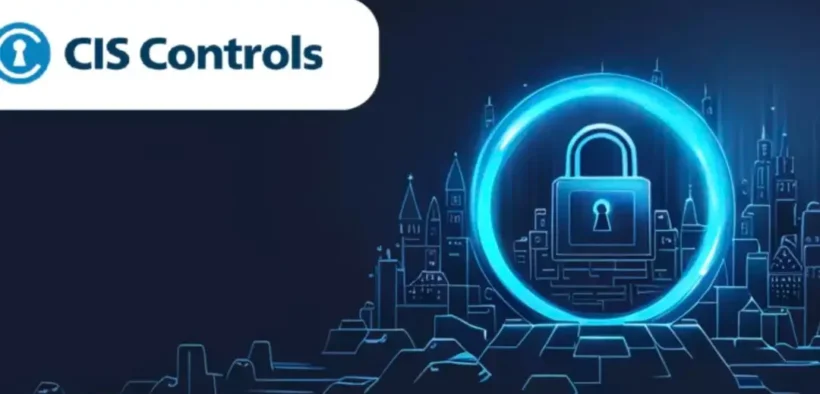
Small and medium-sized enterprises (SMEs) are often called the backbone of the global economy—but they’re also one of the biggest targets for cybercriminals. According to a Verizon Data Breach Report, over 43% of cyberattacks target small businesses, yet many lack the resources to build strong defenses.
This is where the CIS Controls come in. Developed by the Center for Internet Security (CIS), the CIS Controls are a prioritized set of 18 cybersecurity best practices designed to help organizations of any size reduce their cyber risk.
In this guide, we’ll break down the CIS Controls in simple, practical steps for SMEs, highlight real-life applications, and explain how to get started without needing a large IT budget.
What Are CIS Controls?
The CIS Controls (formerly known as SANS Top 20 Critical Security Controls) are a framework of cybersecurity actions designed to defend against the most common cyber threats.
Unlike other frameworks (such as ISO 27001 or NIST), CIS Controls are:
- Practical and prioritized – they tell you where to start.
- Regularly updated – based on real-world threat data.
- Accessible for SMEs – not just large corporations.
They are divided into three Implementation Groups (IGs):
| Group | Best for | Focus |
|---|---|---|
| IG1 | Small businesses with limited IT staff | Basic cyber hygiene (passwords, updates, backups) |
| IG2 | Growing SMEs with dedicated IT teams | Broader security controls, monitoring, and training |
| IG3 | Large or high-risk organizations | Advanced protections against targeted threats |
Why SMEs Need CIS Controls
- High Risk, Low Resources: SMEs often lack cybersecurity budgets but face the same threats as big companies.
- Compliance Needs: Many industries (finance, healthcare, e-commerce) require baseline security practices.
- Reputation & Trust: A single breach can damage customer trust and lead to regulatory penalties.
- Cost-Effective Defense: Implementing CIS Controls step-by-step reduces risk without overwhelming resources.
The 18 CIS Controls (Explained Simply for SMEs)
Here’s a simplified breakdown of the CIS Controls and what they mean for your business:
| CIS Control | What It Means for SMEs | Practical Example |
|---|---|---|
| 1. Inventory of Enterprise Assets | Know all devices connected to your network. | Keep a list of company laptops, phones, servers. |
| 2. Inventory of Software Assets | Track all software in use. | Remove outdated apps to prevent vulnerabilities. |
| 3. Data Protection | Secure sensitive customer and business data. | Encrypt files, use access controls. |
| 4. Secure Configuration of Enterprise Assets and Software | Lock down default settings. | Disable unused ports and default admin accounts. |
| 5. Account Management | Control user access. | Remove ex-employee accounts quickly. |
| 6. Access Control Management | Apply the principle of least privilege. | Staff only access what they need. |
| 7. Continuous Vulnerability Management | Regularly scan and fix weaknesses. | Use vulnerability scanning tools monthly. |
| 8. Audit Log Management | Keep records of system activities. | Enable logging on email and servers. |
| 9. Email and Web Browser Protections | Reduce phishing risks. | Deploy spam filters and restrict plugins. |
| 10. Malware Defenses | Use anti-virus and anti-malware tools. | Enable endpoint protection on all devices. |
| 11. Data Recovery | Back up important data. | Cloud backups tested regularly. |
| 12. Network Infrastructure Management | Secure routers, firewalls, and switches. | Change default passwords, update firmware. |
| 13. Network Monitoring and Defense | Detect suspicious activity. | Install intrusion detection systems. |
| 14. Security Awareness and Skills Training | Train employees to spot threats. | Run phishing awareness campaigns. |
| 15. Service Provider Management | Vet third-party vendors. | Check if cloud providers follow security standards. |
| 16. Application Software Security | Test and secure applications. | Patch website plugins regularly. |
| 17. Incident Response Management | Plan for cyber incidents. | Have a written breach response plan. |
| 18. Penetration Testing | Test defenses regularly. | Hire experts to simulate attacks once a year. |
Real-Life Example: CIS Controls in Action
Case: A Nigerian SME in E-commerce
An online retail company faced frequent phishing attempts and ransomware threats. After adopting IG1 of CIS Controls:
- They implemented multi-factor authentication (MFA).
- Backed up customer data weekly.
- Trained staff on phishing recognition.
Result: The company blocked 95% of phishing attempts and quickly recovered from a minor ransomware incident because of their backups.
Common Challenges SMEs Face
- Limited Budget: Many SMEs believe cybersecurity is too expensive—but CIS Controls scale to size.
- Lack of Expertise: Non-technical staff may struggle with advanced controls.
- Overwhelming Complexity: Implementing all 18 controls at once is difficult.
Solution: Start small with IG1 (basic hygiene), then scale as your business grows.
Practical Steps to Get Started
- Assess Your Current Security: Identify gaps using free CIS tools.
- Start with IG1: Focus on asset inventory, passwords, updates, and backups.
- Train Employees: Human error is the biggest threat—awareness is key.
- Use Affordable Tools: Cloud-based antivirus, password managers, and automated backups.
- Review Regularly: Update controls as your business evolves.
FAQs
Q1. Are CIS Controls mandatory for SMEs?
No, but they are highly recommended as a best-practice framework for improving security.
Q2. How are CIS Controls different from NIST or ISO frameworks?
CIS is more practical and prioritized—great for SMEs. NIST/ISO are broader and often suited for larger enterprises.
Q3. Can I implement CIS Controls without a cybersecurity team?
Yes. Start with IG1 using basic tools and managed service providers.
Q4. How much does it cost to implement CIS Controls?
It depends on your business size, but many steps (like training and backups) are low-cost or free.
Q5. Do CIS Controls guarantee I won’t be hacked?
No framework can promise zero risk, but CIS Controls dramatically reduce the likelihood and impact of attacks.
Conclusion
The CIS Controls are not just for large enterprises—they are a roadmap for SMEs to build strong cyber defenses without breaking the bank. By starting small, prioritizing the most critical actions, and scaling as you grow, your business can protect itself against today’s most common cyber threats.
Remember: cybersecurity is not a one-time project—it’s an ongoing commitment to protecting your business, employees, and customers.
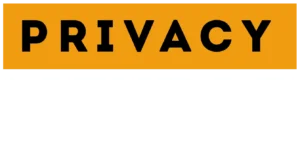

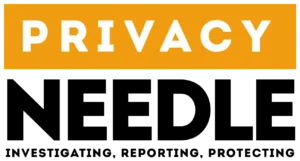




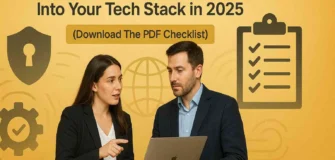

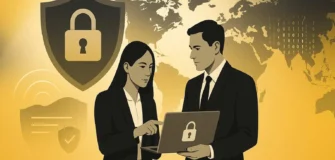

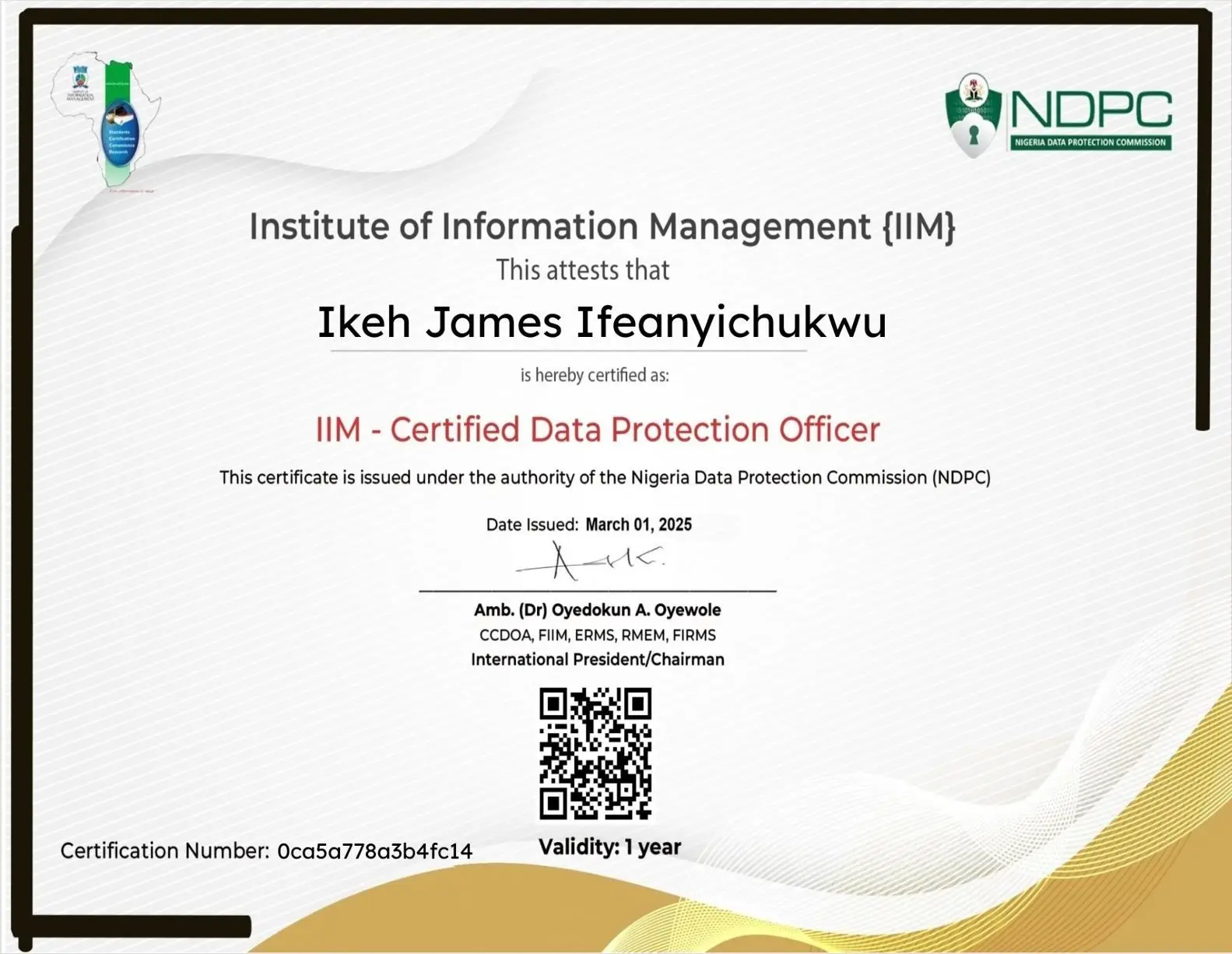














Leave a Reply